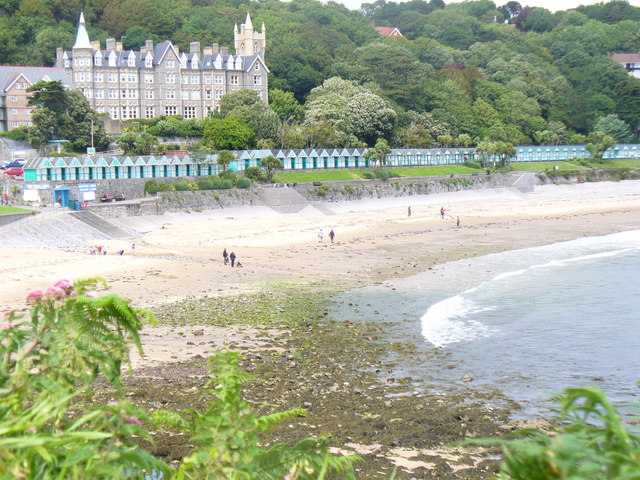During the 18th and 19th centuries Swansea, the second largest city in Wales, was a major industrial centre, with copper smelting an important economic activity, in fact the city was known as 'Copperopolis' during that time. A title well-earnt, since 90% of all copper-smelting activity in Britain was based within 20 miles of the city, which was regarded as the world centre for such activities, and for metallurgy in general. Much of the impetus for all this came from Bristol-based industrialists who financed enterprises such as the White Rock copperworks of 1737.
Fast forward to 1914, when another event occurred which was to put Swansea on the map: the birth of the infamous Welsh poet Dylan Thomas. This momentous event took place at 5 Cwmdonkin Drive in the suburb of Uplands, and the house is now open to visitors who can view it fully restored to its 1914 condition. However, the city's celebration of the life of its most famous son does not stop there: the former Guildhall in the Maritime Quarter houses the Dylan Thomas Centre. The Centre was opened in 1995 by no less than US President Jimmy Carter and has a permanent exhibition on the life and work of the poet as well as a range of other facilities including a theatre. Each year in late October/early November the Centre hosts the Dylan Thomas Festival.
Today, the historic docklands that played such an important role during Swansea's industrial years have been turned into a vibrant Maritime Quarter with a mixture of museums, cafes, bars and restaurants. The NationalWaterfront Museum takes a hi-tech approach to history, with interactive exhibits telling the story of Wales' industrial heritage. Across the way is Swansea Museum, with a range of exhibits including artifacts from Ancient Egypt and exhibits from the city's 'Copperopolis' days. Next to the waterside is the city's marina with its bobbing boats. Then there is the shopping, the highlight of which is Swansea's famous covered market selling local delicacies such as laverbread.
For a list of events in the city see here.
Live streaming webcam view of Swansea Beach.
Map of the area.
 | |
| Swansea Maritime Quarter - geograph.org.uk - 220931. Photo by Pam Brophy, via Wikimedia Commons. |

